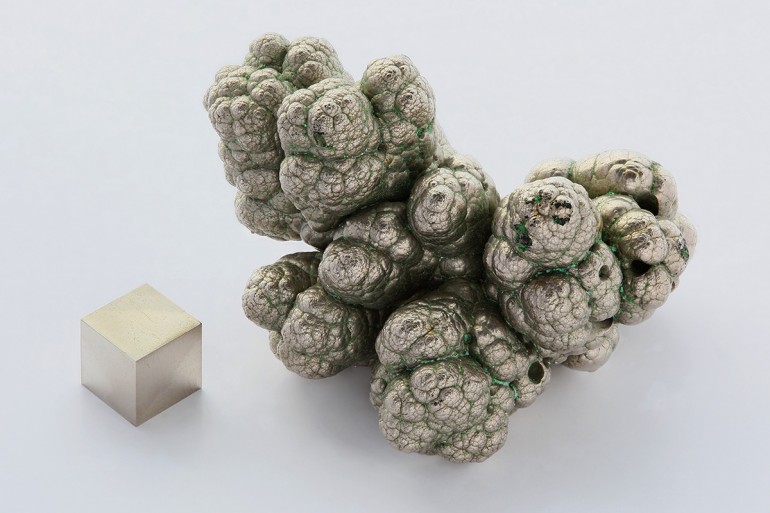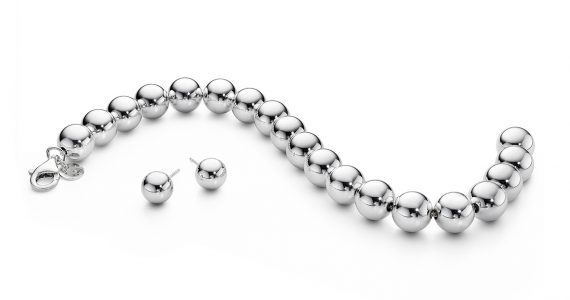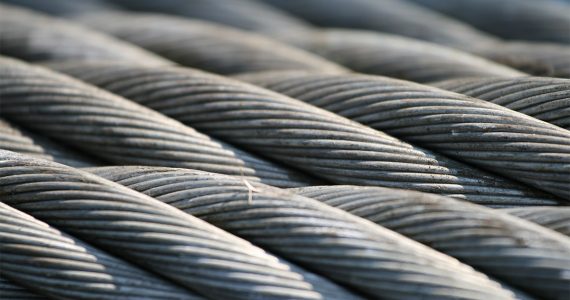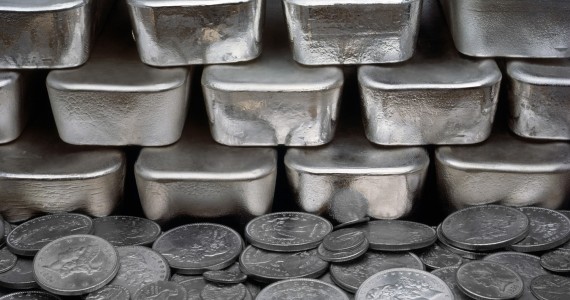Nickel may be in a major slump right now but this has not prevented mining companies and even governments to launch initiatives aimed at supporting the nickel industry and increasing the value of the metal. Moreover, investment banking groups believe that the metal’s value will pick up in the next few years.
New Caledonia
New Caledonia, a French special collectivity, recently announced a plan to support the nickel industry that is facing a lot of problems because of the slump in nickel prices.
According to its president Philippe Germaine, New Caledonia will now allow exports of ore to China although it would be limited to 2 million tons. However, there was no timeframe given for a final decision.
New Caledonia, which has long resisted selling nickel ore to large consuming countries like China so that it can sustain its domestic smelting and refining industry, is contemplating on completely lifting the said restrictions. This is seen as a reaction to the continued slump of the metal’s price.
New Caledonia, a South Pacific French territory, has long barred selling of ore to countries like China so that it can protect its local smelting and refining industry which is a major source of income for the country.
It is awash with nickel core, having nearly 25 percent of the known reserves of the word. The metal also is a major contributor to the economy. One of the biggest nickel refineries in the world, Australia-based Queensland Nickel Inc imports about three million tons a year from the said French territory.
The New Caledonia government also said it would consider activating a nickel sovereign fund, which has been discussed many years ago.
Meanwhile, Australian nickel miners are being pressured to cut or suspend production so that supply will go down and prices of the metal would hopefully increase.
Two big Australian mining firms—Glencore and BHP Hilton—are expected to announce production and profit reports in the next few weeks. Observers say that any news of output cuts could buoy prices of nickel. The two firms are maintaining high cost facilities that are struggling to sustain operations.
Elsewhere in the world
Elsewhere, major nickel producers have been shielded from the rock-bottom prices of the metal.
In Canada, mining companies have been streamlining to cope with the slump of nickel prices worldwide. The same strategy has been adapted by miners in Russia, another top producer of nickel ore.
In Russia, mining firm Amur Minerals Corporation recently announced more improvements in its facilities in Kun-Marie Reserve, particularly the building of its own smelting machines in an attempt to cut down processing costs and make their products cheaper and more accessible to steelmakers.
In Australia, another top miner Queensland Nickel has been put into voluntary administration. Mincore Resources is also putting its operations on care and maintenance.
Observers and investors believe that closure or job cuts at Glencore’s Nickel West and BHP’s Murrin Murrin facilities can cut down supply of the metal by as much as six percent. This would be on top of production slowdown announced by refineries in Brazil and China.
With the hoped-for decrease in supply, nickel prices could soon grow up especially with Chinese mills restocking their supplies after the Lunar New Year.
Optimism
Morgan Stanley is one of those optimistic that nickel will soon pick up. In a recent research report, it said that nickel remains its top pick for this year despite the historic lows that the metal’s price has been getting. According to the company, the projected nickel price in 2016 will be $10,692 per ton. By 2017 the metal price is anticipated to reach $12,236.
The Credit Suisse Group is also high on nickel, with Bloomberg reporting that it is a top pick for the Zurich-based bank.
Other firms also have a similar outlook. RBC Capital Markets predicts there is light at the end of the tunnel for nickel although the current year won’t be the breakout year for the metal. It sees the metal to pick up in 2017, then hovering in the $11 per pound mark in 2019.
Another firm, International Nickel Study Group, believes there will be a small deficit this year.
Other observers note that nickel will also get a boost from the United States, with its inventories of the steel-making material going back to normal levels in the first quarter of the year. Also, there’s hope that inventory of nickel pig iron smelters in China would decrease as well as the projected end-use demand for nickel growing by 3 to 4 percent annually.
Investors may be wary of nickel now that it is taking a beating in the markets, but experts agree that there is still hope for the metal this year and beyond. As they say, when something is down, there’s no way to go but up.








